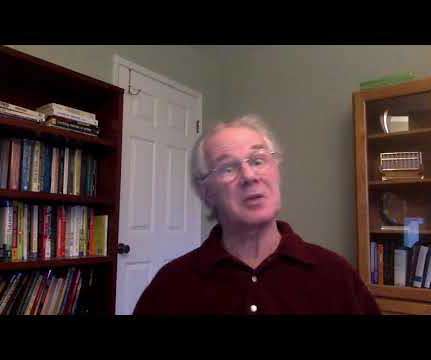Contexts By Cognitions
Clark Quinn
JULY 2, 2019
So, in my last post , I talked about exploring the links between cognitions on the one hand (situated, distributed, social), and contexts (aligning with how we think, work, & learn). I did it one way, but then I thought to do it another, to instead consider Contexts by Cognitions, to see if I came to the same elements.















































Let's personalize your content